What Is A Lens Filter ?
A lens filter is an optical accessory that is attached to the front of a camera lens. It is used to modify the characteristics of light entering the lens, thereby affecting the final image captured by the camera. Lens filters can serve various purposes, such as enhancing colors, reducing glare, improving contrast, or protecting the lens from scratches and dust. They come in different types, including UV filters, polarizing filters, neutral density filters, and color filters, each designed to achieve specific effects. Lens filters are widely used in photography and cinematography to add creative elements to images or to overcome certain lighting challenges.
1、 Types of lens filters: UV, polarizing, neutral density, color correction.
A lens filter is an optical accessory that is attached to the front of a camera lens to modify or enhance the image being captured. It is essentially a piece of glass or resin that alters the way light enters the lens, resulting in various effects on the final photograph.
There are several types of lens filters available, each serving a different purpose. The most common types include UV filters, polarizing filters, neutral density filters, and color correction filters.
UV filters are primarily used to block ultraviolet light, which can cause hazy or bluish images, especially in high-altitude or coastal areas. These filters help to reduce the impact of UV rays and improve overall image clarity.
Polarizing filters are designed to reduce glare and reflections from non-metallic surfaces such as water or glass. They can also enhance color saturation and contrast, resulting in more vibrant and dramatic images.
Neutral density filters are used to reduce the amount of light entering the lens without affecting the color balance. They are particularly useful in situations where a slower shutter speed or wider aperture is desired, such as when capturing motion blur or achieving a shallow depth of field in bright conditions.
Color correction filters are used to adjust the color temperature of the light entering the lens. They can be used to correct for different lighting conditions or to create specific artistic effects.
It is worth noting that with advancements in digital photography and post-processing software, some photographers argue that the need for certain filters has diminished. For example, UV filters may not be necessary for digital cameras as they already have built-in UV protection. Additionally, color correction filters can often be replicated or adjusted in post-processing. However, polarizing and neutral density filters still offer unique effects that are difficult to replicate digitally.
Ultimately, the choice to use lens filters depends on the photographer's preferences and the desired outcome. While some filters may be considered essential, others may be more subjective and dependent on individual shooting styles and creative vision.

2、 Functions of lens filters: protection, glare reduction, light control.
A lens filter is an accessory that is attached to the front of a camera lens to modify or enhance the image being captured. It is typically made of glass or resin and comes in various shapes and sizes to fit different lenses. Lens filters serve multiple functions, including protection, glare reduction, and light control.
One of the primary functions of a lens filter is to protect the front element of the lens from scratches, dust, and other potential damage. It acts as a barrier, shielding the lens from physical harm and extending its lifespan. This is particularly important when shooting in challenging environments such as sandy beaches or dusty landscapes.
Another function of lens filters is glare reduction. When shooting in bright sunlight or against reflective surfaces, unwanted glare can significantly impact the quality of the image. A polarizing filter, for example, can effectively reduce reflections and enhance color saturation, resulting in more vibrant and contrast-rich photographs.
Lens filters also provide control over the amount and quality of light entering the lens. Neutral density (ND) filters, for instance, reduce the amount of light reaching the camera's sensor, allowing for longer exposures or wider apertures in bright conditions. This is useful for capturing motion blur in waterfalls or achieving shallow depth of field in well-lit environments.
In recent years, there has been a growing trend towards digital post-processing and editing. Some argue that the functions of lens filters can be replicated using software, making them less essential. However, it is important to note that certain effects, such as reducing glare or protecting the lens, cannot be fully replicated in post-processing. Additionally, using filters in-camera can save time and effort during the editing process, allowing photographers to achieve their desired results more efficiently.
In conclusion, lens filters serve multiple functions, including protection, glare reduction, and light control. While some argue that their importance has diminished with advancements in digital editing, lens filters still offer unique benefits that cannot be fully replicated in post-processing. They continue to be valuable tools for photographers, enabling them to enhance their images and exercise creative control over their photography.
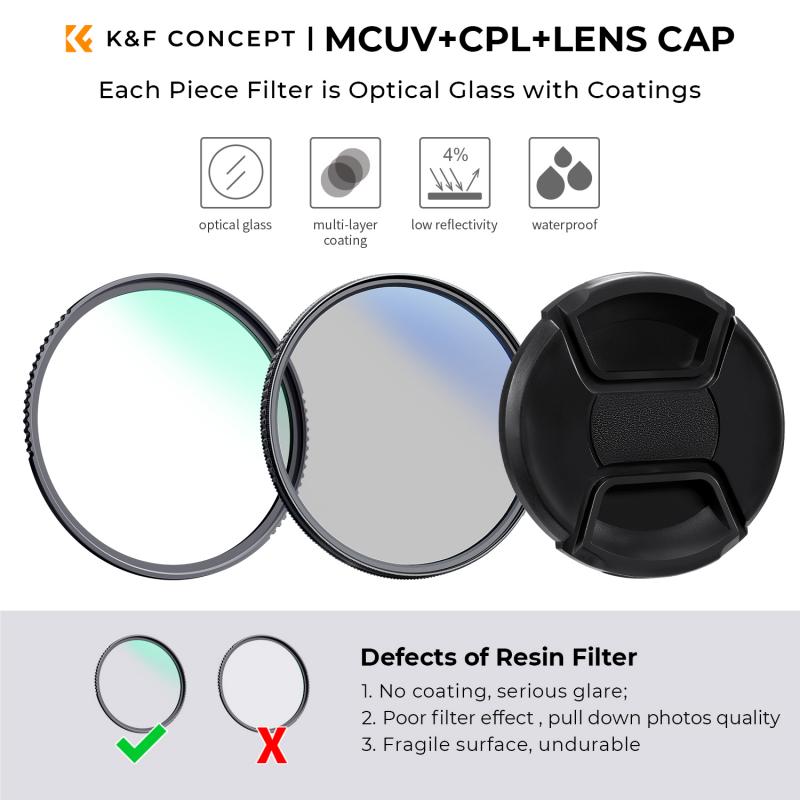
3、 Common sizes and compatibility of lens filters.
Common sizes and compatibility of lens filters refer to the physical dimensions and the ability of a filter to fit onto different lenses. A lens filter is an accessory that is attached to the front of a camera lens to modify or enhance the image being captured. It is typically made of glass or resin and can be used for various purposes such as reducing glare, enhancing colors, or protecting the lens.
Lens filters come in different sizes to accommodate the varying diameters of camera lenses. The most common filter sizes are 52mm, 58mm, 67mm, 72mm, and 77mm, although there are many other sizes available. To determine the correct filter size for a specific lens, one can look at the front of the lens barrel where the filter thread size is usually indicated.
Compatibility of lens filters is important as not all filters can be used with every lens. Some lenses have a larger diameter than others, requiring larger filters, while some lenses have a different thread pitch, making them incompatible with certain filters. It is crucial to ensure that the filter size matches the lens size to avoid any issues with fitting or vignetting.
In recent years, with the rise of mirrorless cameras and compact lenses, filter systems that use square or rectangular filters have gained popularity. These systems allow for more flexibility in terms of filter size and positioning, as they can be used with various lenses by simply adjusting the filter holder.
It is worth noting that advancements in digital post-processing have reduced the reliance on physical lens filters for certain effects. However, filters still play a significant role in photography, particularly in situations where it is difficult or impossible to replicate the desired effect in post-processing. Additionally, filters can provide added protection to the lens, safeguarding it from scratches, dust, and moisture.
In conclusion, understanding common sizes and compatibility of lens filters is essential for photographers to effectively utilize these accessories. The correct filter size ensures a proper fit onto the lens, while compatibility ensures that the filter can be used with the specific lens. As technology evolves, new filter systems and options continue to emerge, providing photographers with more creative possibilities.
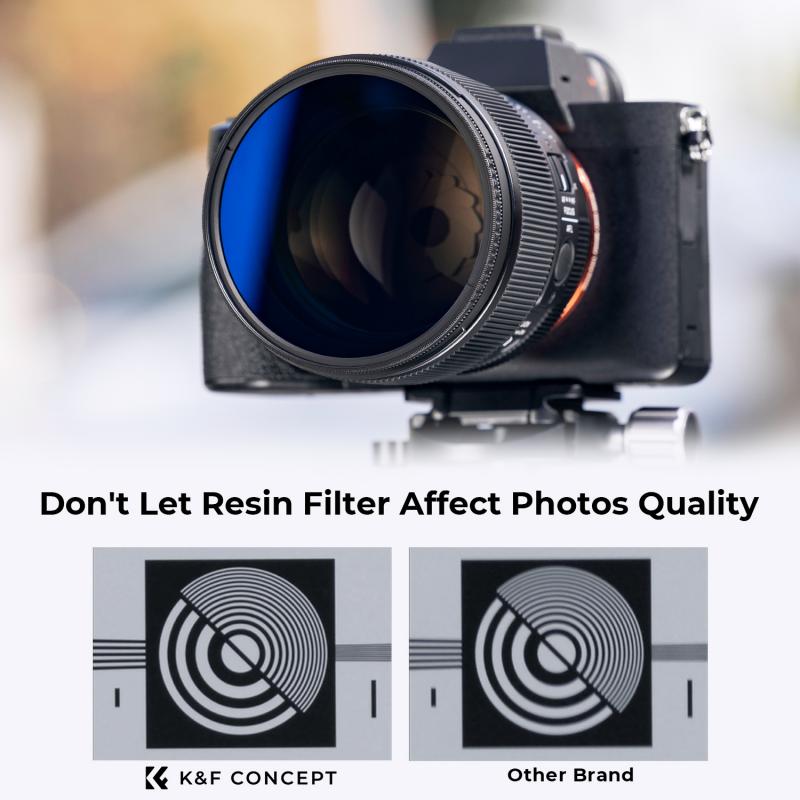
4、 Choosing the right lens filter for specific photography needs.
A lens filter is an accessory that is attached to the front of a camera lens to modify or enhance the image being captured. It is essentially a piece of glass or optical material that alters the way light enters the lens, resulting in various effects on the final photograph.
Lens filters serve different purposes and can be used for a wide range of photography needs. They can be used to correct or enhance colors, reduce glare or reflections, protect the lens from scratches or damage, and create artistic effects. Some common types of lens filters include UV filters, polarizing filters, neutral density filters, and graduated filters.
Choosing the right lens filter for specific photography needs is crucial to achieve the desired outcome. For example, a UV filter is commonly used to reduce the bluish cast that can occur when photographing landscapes or at high altitudes. A polarizing filter, on the other hand, can help reduce reflections and enhance colors, making it ideal for landscape and outdoor photography.
With advancements in digital photography, some argue that the need for lens filters has diminished. Many effects that were traditionally achieved using filters can now be replicated in post-processing using software. However, there are still certain effects that are best achieved in-camera, such as long exposure photography or reducing glare in bright sunlight.
In conclusion, lens filters are valuable tools for photographers to modify and enhance their images. While the need for filters may have diminished in some areas due to digital advancements, they still play a significant role in achieving specific photography needs. It is important for photographers to understand the different types of filters available and choose the right one based on their desired outcome.






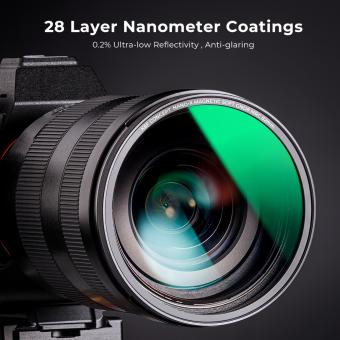


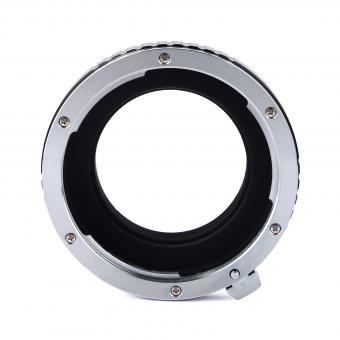



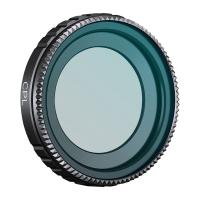
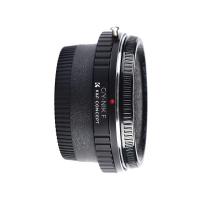
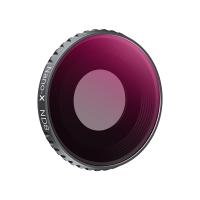

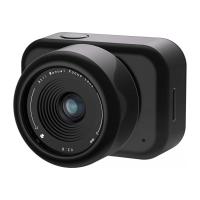

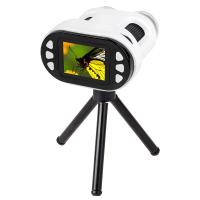










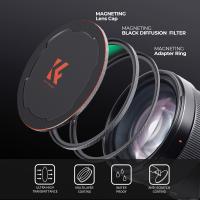
There are no comments for this blog.